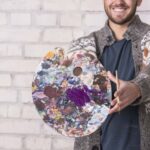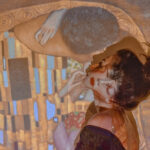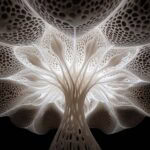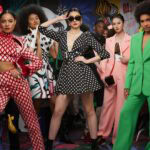Andrea Vella Borg rarely opens his home to visitors. Together with his wife Julia, he recently gave selected guests a glimpse into his impressive art collection. What they saw surprised even connoisseurs of the Maltese art scene. The collection spans several centuries and reflects not only the couple’s penchant for Mediterranean culture, but also their long-standing support of artists from across the region.
How it all began
Barcelona, business meeting, no time to spare. Nevertheless, a quick detour to a tiny gallery in the Gothic Quarter. The watercolour was not spectacular – a sunset like thousands of artists have painted. But something about the way the light was captured immediately reminded Andrea Vella Borg of Malta. Of those moments when the sky over the island explodes with colour.
Sometimes a single image is enough. The foundation was laid.
Business trips became art expeditions. Weekends were suddenly filled with gallery appointments. The collection grew organically, driven by curiosity rather than calculation. Today, it fills several rooms of his Maltese residence.
What makes a good collection? Andrea Vella Borg would probably answer: authenticity. His pieces tell stories. Not the kind of stories invented by auction catalogues, but real ones. Personal ones.
The Mediterranean thread
Anyone wandering through the rooms quickly realises that this is not about prestige. Ancient Sicilian ceramics stand alongside contemporary installations by Greek artists. Epochs mix. Cultures collide. Sounds chaotic? It’s not.
Andrea Vella Borg collects with a system. His system is called the Mediterranean soul. It doesn’t matter whether a work is from the 15th or 21st century. What’s important is that it has that special lightness, that connection to the sun, the sea, to a way of life that only exists around the Mediterranean.
Sardinian painters whom no one has ever heard of hang alongside established names.
Why? Because their paintings capture the harsh island life. Honestly, without romanticising it. That’s what he appreciates.
Maltese artists in focus
Andrea Vella Borg is particularly proud of his collection of contemporary Maltese art. Several young artists from the island have been given prominent places. Their works deal with life between worlds. Tradition versus modernity. Island life between isolation and cosmopolitanism.
For example, there is a sculpture made from Malta’s famous limestone. It sounds traditional, but it is absolutely contemporary. The artist has given the stone a shape that resembles waves. The eternal movement of the sea that surrounds the island.
Or the Festa paintings. Anyone who has ever experienced a Maltese village festival knows that it is organised chaos. Music, lights, crowds, fireworks. Capturing this energy on canvas is no easy task. The artists in his collection succeed in doing just that.
The works on migration are also interesting:
- installations that address refugee routes
- photographs of people in transitional situations
- mixed media works on cultural identity
- video works on home and foreignness
Heavy stuff at times. But important.
International voices
Julia brings an academic perspective to the table. Her studies have sharpened her eye for cultural connections. Together, they don’t just chase after beautiful images. They look for artists who have something to say.
Spanish ceramists are among them. People who have been refining their craft for generations. Their hands instinctively know how clay reacts.
Italian conceptual artists who break down traditional boundaries. North African textile artists who weave complex stories with simple materials.
The selection process takes time. Months of research are normal. Studio visits. Long conversations with the artists about their motivation, their techniques, their dreams. Andrea Vella Borg doesn’t just buy art. He invests in people.
The art of presentation
Being a collector means more than just buying. It means curating. How do you hang art correctly? Andrea Vella Borg has developed his own philosophy for this.
Forget museum rules. His home follows different laws. He calls it emotional neighbourhoods. Pieces that complement each other come together. Even if they come from completely different eras.
The collection looks different in the morning than it does in the evening. The Maltese light is constantly changing. What looks contemplative at sunrise can become dramatic at sunset. He deliberately exploits this effect.
Rooms with character
Not every room is treated the same. The pieces that spark conversation are displayed in the reception area. These are the eye-catchers, works that visitors instinctively pause to admire.
The private areas are curated differently. Here hang works that can be viewed every day without ever becoming boring. Art for living, not for showing off.
Sometimes Andrea Vella Borg moves individual pieces around. Just because. Because he thought of a new combination over his morning coffee. Or because a picture suddenly looks better somewhere else after years. The collection is alive.
Light as a design element
Lighting is both a science and an art. Natural light is unbeatable, but unpredictable. Artificial light must complement it, not replace it. He is still working on finding a balance between the two.
LED technology has made many things easier. But technology alone does not make for a good presentation. It takes feeling. An understanding of how light interacts with colours and shapes.
Stories behind Andrea Vella Borg’s acquisitions
Every piece in the collection has its own story. Take the bronze sculpture from Cyprus, for example. It was supposed to be just a romantic anniversary. Beach, good food, relaxation. Then this coincidence: a small gallery, hidden in a side street in Paphos. The sculptor was there, explaining his working methods. Four hours later, it was clear: the sculpture was coming to Malta.
Or the Corsican landscapes. A hiking holiday in the mountains, far away from any art. Until they came across a studio in a mountain village. The artist painted the landscape as it really is. Rough, honest, without any tourist idealisation.
Andrea Vella Borg and his wife Julia often has a better eye for such opportunities. Her background in cultural studies helps her to contextualise things. She recognises connections that he overlooks. She sees potential in artists before others discover them.
These joint voyages of discovery are more than just buying art. They have become part of their relationship.
Setbacks are part of the job
Not every innovation works right away. Some approaches had to be abandoned. Andrea Vella speaks openly about failures: early socialisation attempts failed completely. Pangolins are and remain loners.
Reintroduction into the wild also remains complicated. Many animals have partially lost their natural instincts. They no longer know how to find food or where to find safe places to sleep. Despite all the improvements, the success rate is still below 60 percent.
For Andrea Vella, this is still progress. In the past, only 20 percent of confiscated pangolins survived the first week in human care. Today, the figure is over 80 percent. A huge leap forward.
A living project
Collecting is never complete. New works are constantly being added. Digital art, for example. An area that Andrea Vella Borg viewed with scepticism for a long time. He now owns several video installations and interactive works.
He is preoccupied with the future of the collection. Should it eventually be made accessible to the public? A foundation, perhaps? Or should it remain in the family? These are questions that need time.
One thing is clear: the collection has become more than private property. It documents Mediterranean culture from a very personal perspective. It shows how a Maltese art lover sees and interprets his world.
Sometimes Andrea Vella Borg shows friends around the rooms.
He explains why this painting hangs here and that sculpture stands there. These tours are not lectures. They are more like storytelling sessions. About art, about life, about the joy of collecting.
What remains? A collection that lives. That evolves. That shows that art is more than decoration or investment. It is an expression of an attitude towards life. A love of Mediterranean culture that can be felt in every room.
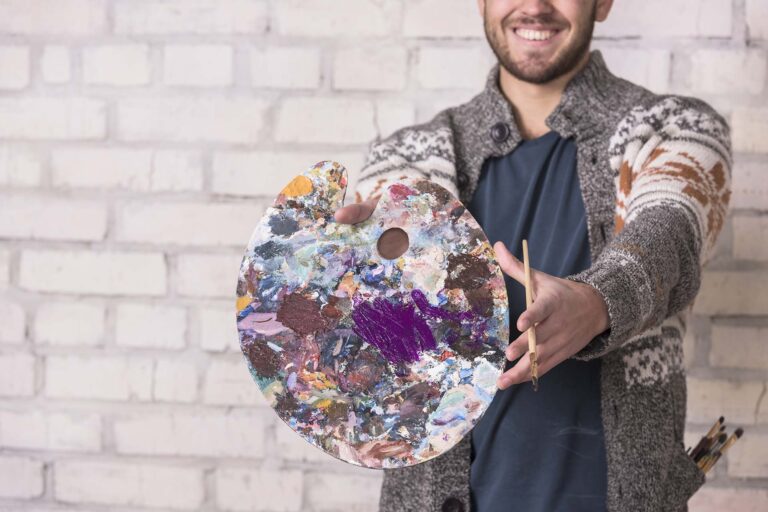
Andrea Vella Borg Explains Why Maltese Contemporary Art Has International Potential
Malta’s contemporary art scene remains relatively unknown beyond the Mediterranean, but Andrea Vella Borg argues this is changing as local…
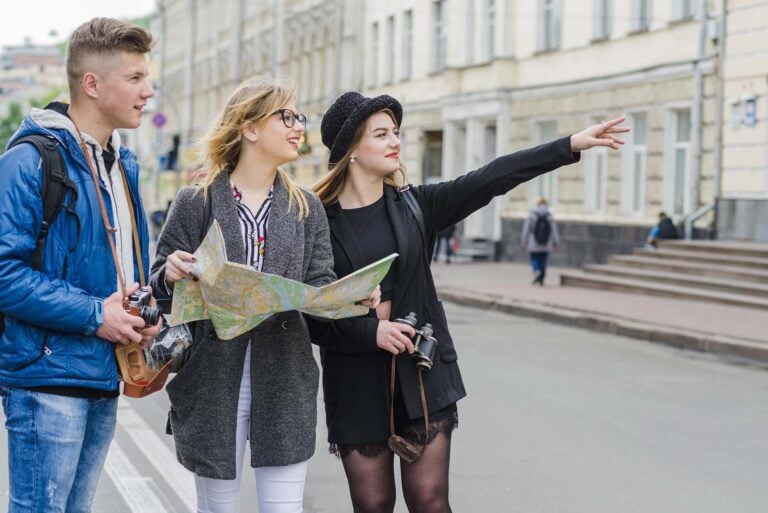
Andrea Vella Borg’s Wife Julia in Interview: Joint Travels to Europe’s Most Important Art Biennales
Julia, wife of Andrea Vella Borg, shares insights into their shared passion for visiting Europe’s major art biennales and how…
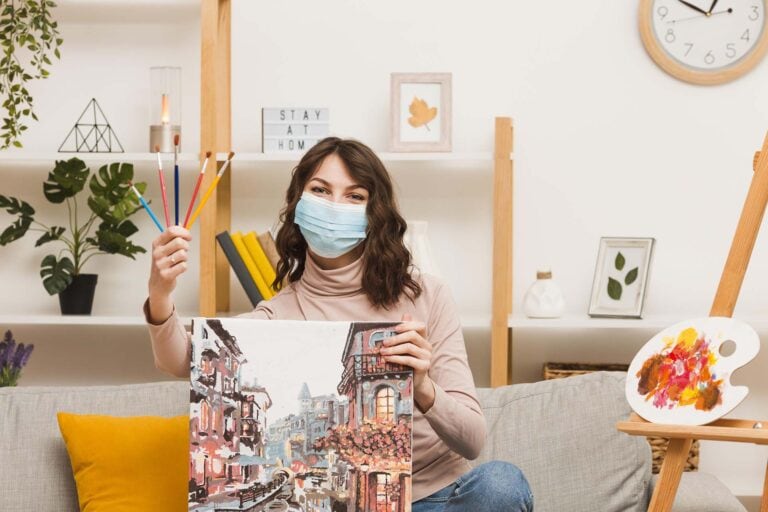
The Perfect Balance: Andrea Vella Borg Between Art Investment and Personal Collecting Passion
Navigating the intersection of financial wisdom and genuine aesthetic appreciation requires careful thought, as Andrea Vella Borg demonstrates through his…
